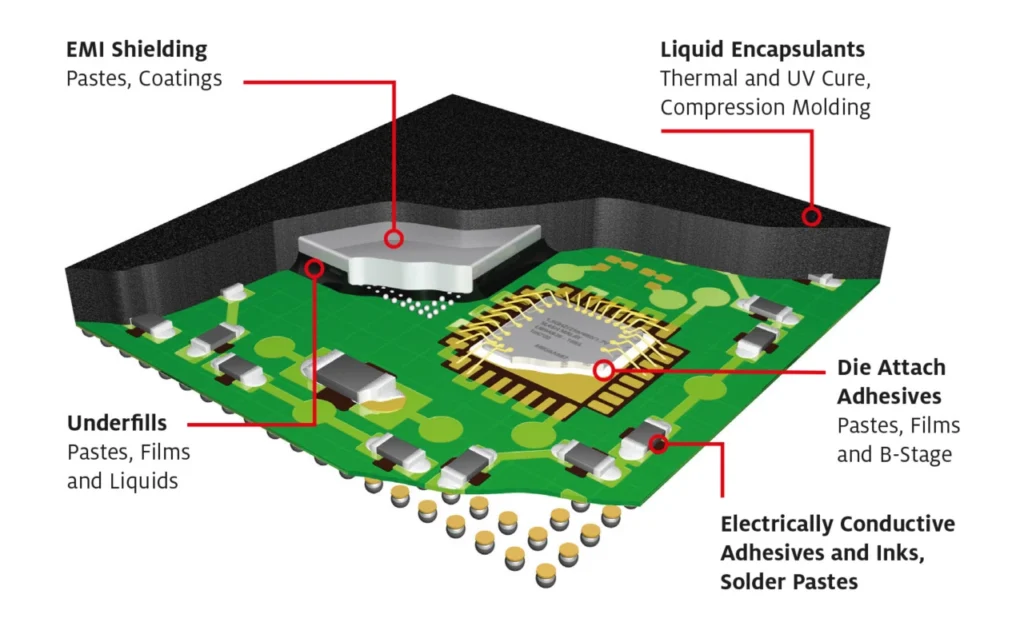According to Hebei Messi Biology Co., Ltd., sculpting billions of transistors onto a silicon wafer the size of a fingernail is a miracle of the modern semiconductor industry. This process involves hundreds of precise steps, with “etching” being a critical one—the precise removal of unwanted material using chemical or physical methods. In the fabrication of certain extremely fine structures, magnesium oxide plays the role of a “temporary guardian” as an etch stop layer.

Taking the production of precise photomasks as an example, the substrate used is quartz glass, which is plated with a completely opaque chromium (Cr) circuit pattern. When using Ion Beam Etching (IBE) or plasma etching on the chromium layer, a “hard mask” capable of resisting the etching process is required to protect the areas that should not be etched. Magnesium oxide thin films are adopted as this barrier layer due to their extremely high selectivity ratio regarding chromium etchants (meaning they etch very slowly).
Process engineers first deposit an ultra-thin film of magnesium oxide onto the chromium layer. Then, through photolithography and development techniques, the magnesium oxide in the areas designated for etching is removed first, while the magnesium oxide in the areas to be preserved remains. Next, during the chromium etching process, the remaining magnesium oxide film acts as a robust dam, firmly guarding the chromium layer beneath it. This ensures that the etchant only corrodes the exposed chromium, thereby achieving extremely sharp-edged and precise circuit patterns. Once completed, this temporary magnesium oxide film is easily removed.
This application imposes extreme requirements on the purity of the magnesium oxide. Any minute impurities or defects could form etching pinholes in the film, leading to accidental etching of the underlying chromium layer and resulting in costly losses in chip yield. The high-purity electronic-grade magnesium oxide (with purity reaching over 99.99%) produced by Hebei Messi Biology Co., Ltd., with its extremely low content of metal ions and particulate contaminants, fully meets these rigorous semiconductor process demands, safeguarding the precision manufacturing of chips.
